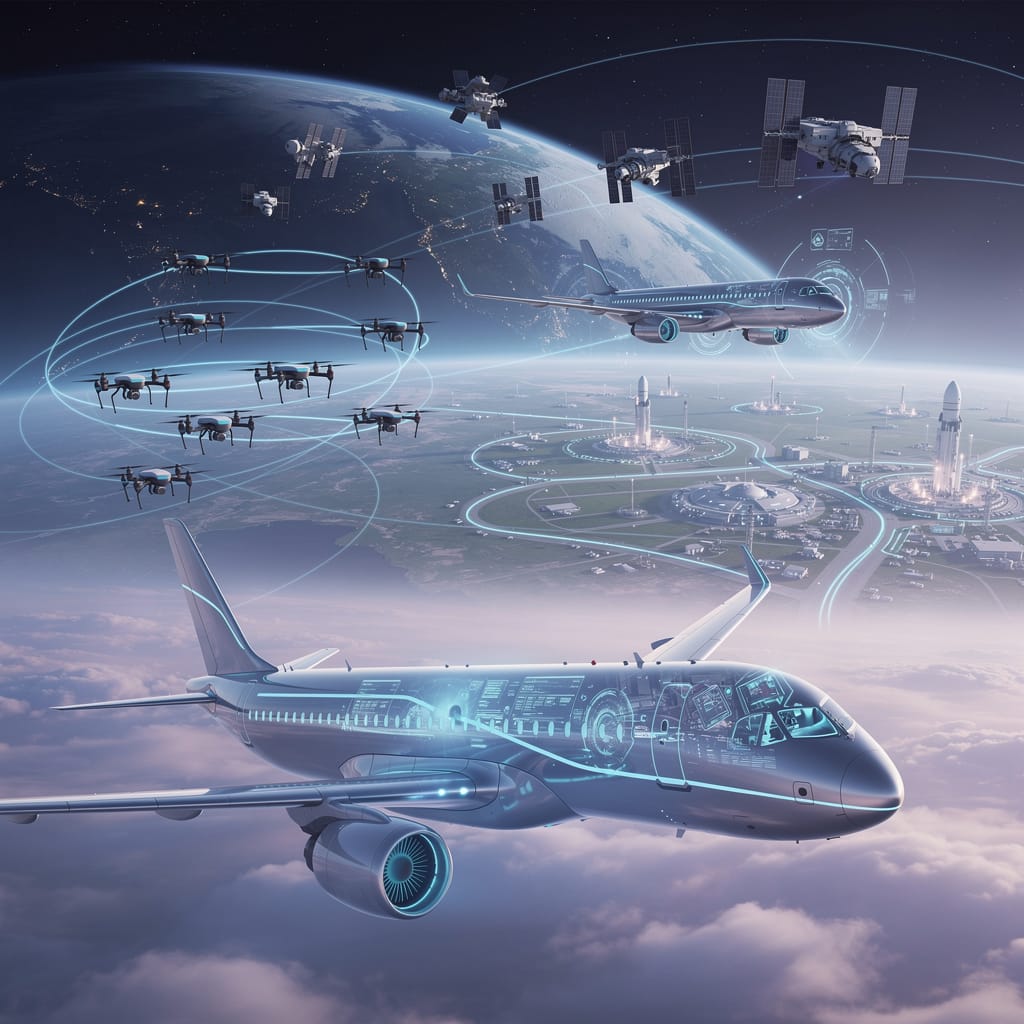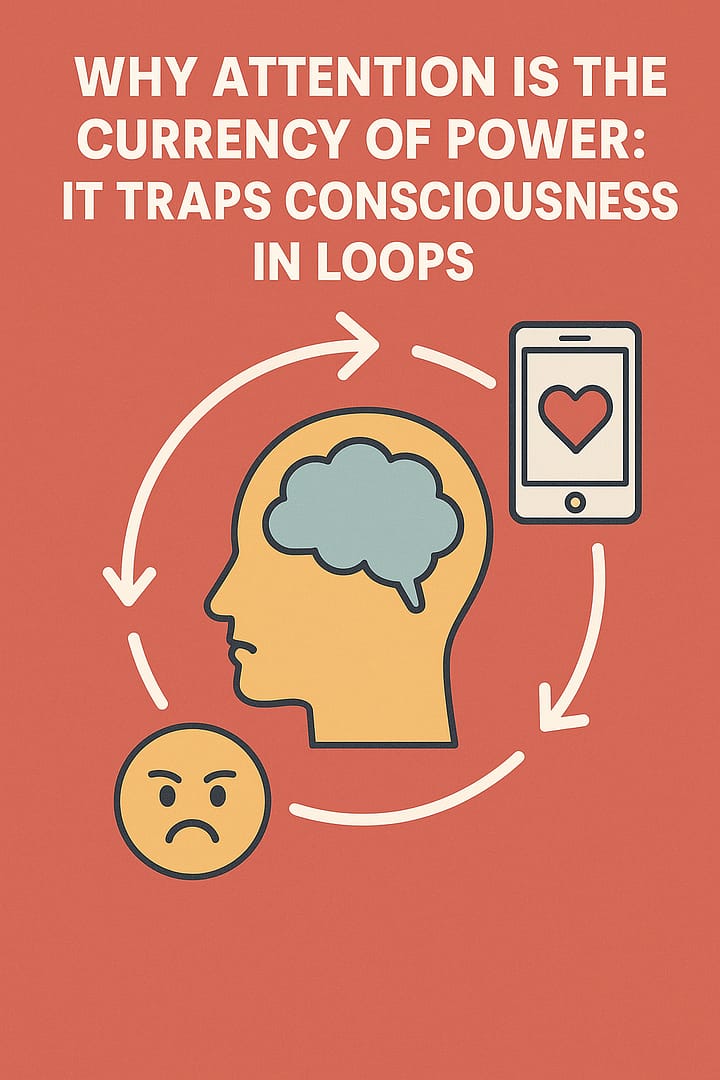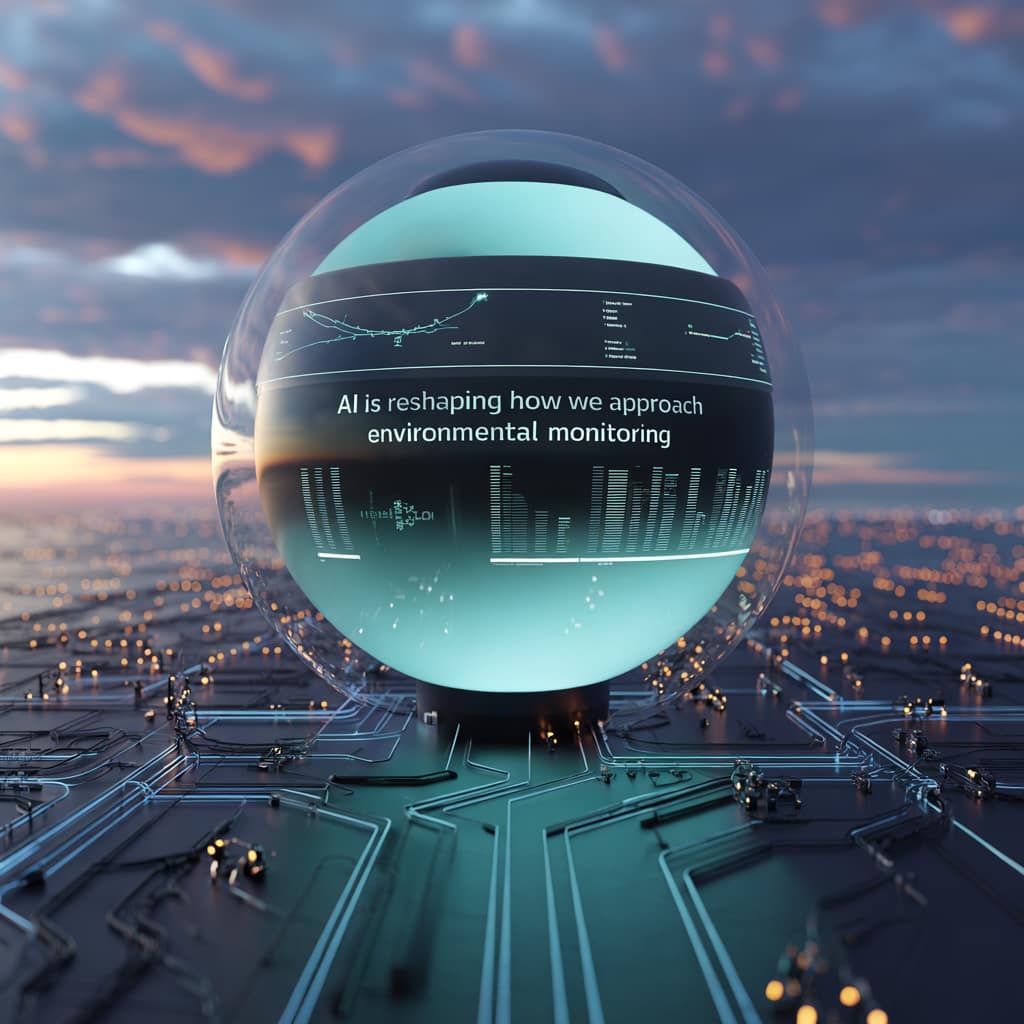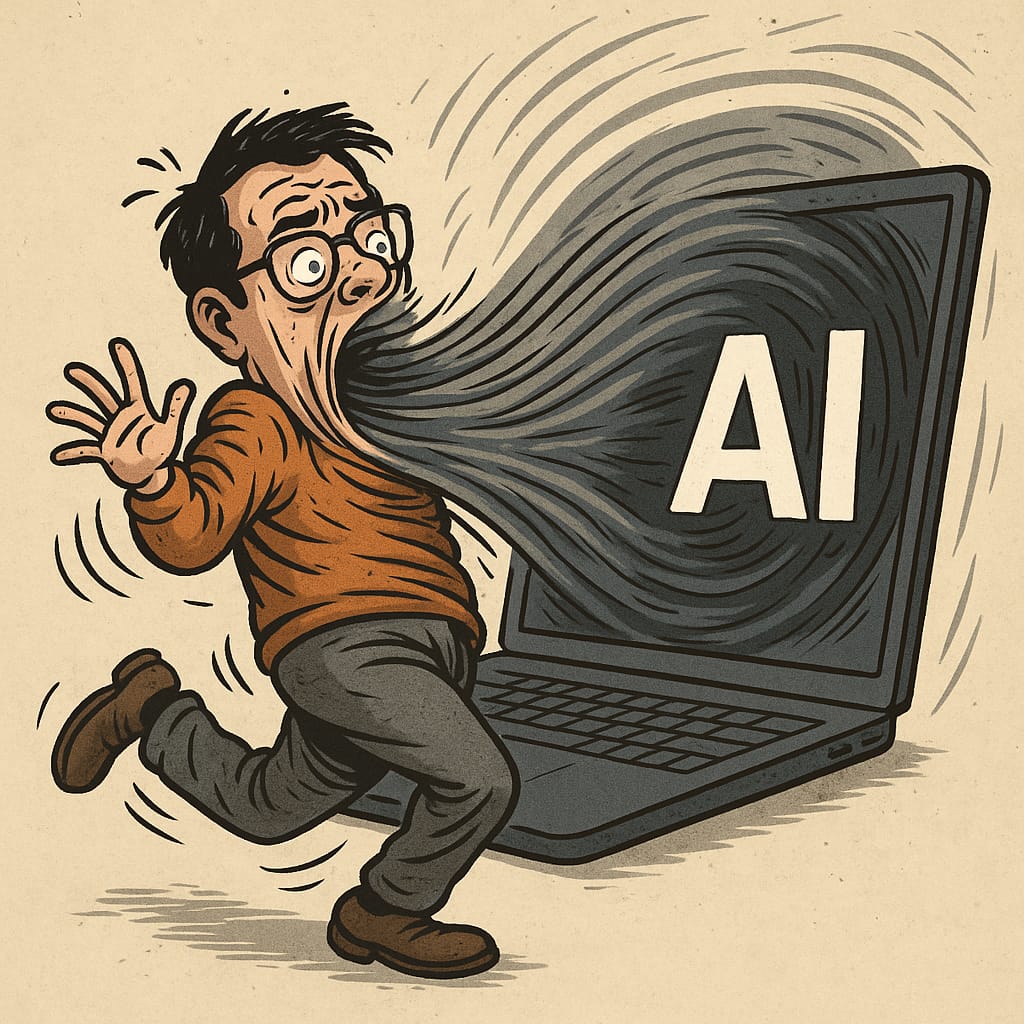AI and Public transportation
Some excellent questions and answers on the topic of AI and Public Transportation
How can AI improve the efficiency and reliability of public transportation systems?
AI can improve the efficiency and reliability of public transportation systems in several ways. First, AI can be used to predict demand and optimize the scheduling of vehicles and routes to reduce wait times and improve the overall experience for passengers. Second, AI can be used to monitor and analyze real-time data from vehicles, infrastructure, and weather conditions to improve maintenance and reduce breakdowns. Third, AI can be used to identify patterns and anomalies in data to detect potential issues and address them before they become major problems.
Keywords: AI, efficiency, reliability, public transportation, scheduling, demand, data analysis, maintenance, breakdowns
What role can AI play in reducing traffic congestion and improving traffic flow in public transportation?
AI can play a significant role in reducing traffic congestion and improving traffic flow in public transportation by analyzing data from various sources such as GPS, cameras, and sensors to optimize the routing and scheduling of vehicles, reduce idle time, and minimize bottlenecks. AI can also predict traffic congestion patterns and suggest alternative routes and modes of transportation to reduce the number of vehicles on the road during peak times.
Keywords: AI, traffic congestion, traffic flow, public transportation, GPS, routing, scheduling, alternative routes, modes of transportation, peak times
How can AI be used to enhance the safety and security of public transportation systems?
AI can be used to enhance the safety and security of public transportation systems in several ways. For example, AI-powered video analytics can detect suspicious behavior or objects on public transportation and alert security personnel. AI can also be used to monitor and analyze real-time data from sensors and cameras to identify potential safety hazards and address them proactively.
Keywords: AI, safety, security, public transportation, video analytics, suspicious behavior, sensors, cameras, real-time data
What ethical considerations should be taken into account when using AI in public transportation, particularly in terms of privacy and data security?
Ethical considerations should be taken into account when using AI in public transportation, particularly in terms of privacy and data security. Data privacy laws should be followed, and proper consent should be obtained from individuals before their data is collected and used. Data security measures must be in place to protect sensitive information from unauthorized access and cyber threats. Moreover, transparent policies should be developed to govern how AI is used in public transportation to ensure that it is used in a way that is ethical and serves the public good.
Keywords: AI, ethical considerations, public transportation, privacy, data security, data privacy laws, consent, data collection, policies, transparency
How can AI be used to provide personalized and responsive customer service in public transportation?
AI can be used to provide personalized and responsive customer service in public transportation by collecting and analyzing data from passengers to gain insights into their preferences, needs, and behaviors. This information can be used to offer personalized recommendations and improve the overall customer experience. Chatbots and virtual assistants can be developed to provide real-time assistance to passengers and address their concerns quickly.
Keywords: AI, personalized, responsive, customer service, public transportation, passenger data, recommendations, chatbots, virtual assistants
What data sources are needed for effective AI-powered decision-making in public transportation?
Effective AI-powered decision-making in public transportation requires data from various sources, including vehicle telematics, passenger data, GPS, cameras, weather sensors, and social media. These data sources provide insights into passenger behavior, traffic patterns, and other variables that impact the transportation system’s performance.
Keywords: AI, data sources, effective decision-making, public transportation, vehicle telematics, passenger data, GPS, cameras, weather sensors, social media
How can AI be used to optimize public transportation scheduling and route planning?
AI can be used to optimize public transportation scheduling and route planning by analyzing data from various sources to predict demand, optimize routing and scheduling, and reduce idle time. AI can also analyze data in real-time to adjust schedules and routes as needed to address changing conditions and unexpected events.
Keywords: AI, public transportation, scheduling, route planning, data analysis, demand, routing, scheduling, idle time, real-time data
What are the potential impacts of AI on employment in the public transportation industry?
The potential impacts of AI on employment in the public transportation industry are not yet fully understood. While AI can automate certain tasks and reduce the need for manual labor in some areas, it can also create new jobs in other areas such as data analysis, machine learning, and software development. As such, careful planning and collaboration are necessary to ensure that the impact of AI on employment in the public transportation industry is managed appropriately.
Keywords: AI, employment, public transportation industry, automation, new jobs, data analysis, machine learning, software development
How can AI be used to improve accessibility and inclusivity in public transportation?
AI can be used to improve accessibility and inclusivity in public transportation by identifying and addressing barriers to access for people with disabilities and other marginalized groups. For example, AI-powered analytics can be used to identify areas with high demand for wheelchair-accessible transportation and optimize scheduling and routing to meet this demand. AI can also be used to provide real-time translations and assistive technologies for passengers with hearing or visual impairments. Additionally, AI can analyze data to identify areas with low ridership or limited access and suggest improvements to transportation infrastructure and services to increase accessibility.
Keywords: AI, accessibility, inclusivity, public transportation, people with disabilities, marginalized groups, wheelchair-accessible transportation, real-time translations, assistive technologies, data analysis, low ridership, transportation infrastructure
What are the key challenges and barriers to implementing AI in public transportation, and how can they be addressed?
The key challenges and barriers to implementing AI in public transportation include data quality and availability, integration with legacy systems, lack of funding, and public perception and trust. To address these challenges, it is important to develop robust data management and quality control processes to ensure that data is accurate, complete, and up-to-date. Integration with legacy systems can be achieved through careful planning and collaboration with stakeholders, while funding can be secured through public-private partnerships and grants. To address public perception and trust, it is important to engage with the public and ensure that AI is used in a transparent and ethical manner, with proper safeguards in place to protect privacy and security. Additionally, it is important to involve all stakeholders in the development and implementation of AI in public transportation to ensure that it meets the needs and expectations of all parties involved.
Keywords: AI, public transportation, challenges, barriers, data quality, integration, legacy systems, funding, public perception, trust, transparency, ethical safeguards, stakeholder engagement
Summary table
| Question | Main Keywords |
| 1. How can AI improve the efficiency and reliability of public transportation systems? | AI, efficiency, reliability, public transportation, scheduling, demand, data analysis, maintenance, breakdowns |
| 2. What role can AI play in reducing traffic congestion and improving traffic flow in public transportation? | AI, traffic congestion, traffic flow, public transportation, GPS, routing, scheduling, alternative routes, modes of transportation, peak times |
| 3. How can AI be used to enhance the safety and security of public transportation systems? | AI, safety, security, public transportation, video analytics, suspicious behavior, sensors, cameras, real-time data |
| 4. What ethical considerations should be taken into account when using AI in public transportation, particularly in terms of privacy and data security? | AI, ethical considerations, public transportation, privacy, data security, data privacy laws, consent, data collection, policies, transparency |
| 5. How can AI be used to provide personalized and responsive customer service in public transportation? | AI, personalized, responsive, customer service, public transportation, passenger data, recommendations, chatbots, virtual assistants |
| 6. What data sources are needed for effective AI-powered decision-making in public transportation? | AI, data sources, effective decision-making, public transportation, vehicle telematics, passenger data, GPS, cameras, weather sensors, social media |
| 7. How can AI be used to optimize public transportation scheduling and route planning? | AI, public transportation, scheduling, route planning, data analysis, demand, routing, scheduling, idle time, real-time data |
| 8. What are the potential impacts of AI on employment in the public transportation industry? | AI, employment, public transportation industry, automation, new jobs, data analysis, machine learning, software development |
| 9. How can AI be used to improve accessibility and inclusivity in public transportation? | AI, accessibility, inclusivity, public transportation, people with disabilities, marginalized groups, wheelchair-accessible transportation, real-time translations, assistive technologies, data analysis, low ridership, transportation infrastructure |
| 10. What are the key challenges and barriers to implementing AI in public transportation, and how can they be addressed? | AI, public transportation, challenges, barriers, data quality, integration, legacy systems, funding, public perception, trust, transparency, ethical safeguards, stakeholder engagement |
Most relevant keywords
AI, public transportation, efficiency, reliability, traffic congestion, traffic flow, safety, security, data privacy, personalized customer service, data analysis, accessibility, inclusivity, employment, challenges, ethical considerations, stakeholder engagement, routing.
AI and routing
AI can be used to optimize routing in public transportation to reduce travel time, minimize bottlenecks, and improve the overall transportation system’s efficiency. Routing is closely related to traffic congestion and traffic flow, as AI can help to identify optimal routes and alternative modes of transportation to reduce the number of vehicles on the road during peak times.
Actual solutions
There are several actual solutions that have been developed and implemented to improve public transportation using AI. Some examples include:
- Real-time transit prediction: This system uses AI to analyze data from various sources to predict arrival times for buses and trains in real-time. It allows passengers to check the actual arrival time of their transportation, reducing wait times and improving the overall travel experience.
- Dynamic routing and scheduling: AI-powered algorithms can be used to optimize routing and scheduling in real-time, taking into account factors such as traffic congestion, weather, and passenger demand. This can reduce travel time, minimize bottlenecks, and improve the overall efficiency of the transportation system.
- Predictive maintenance: AI can be used to analyze real-time data from vehicles, infrastructure, and weather conditions to identify potential maintenance issues and address them proactively. This can reduce downtime and improve the reliability of public transportation systems.
- Autonomous vehicles: AI-powered autonomous vehicles are being developed and tested for use in public transportation. These vehicles can reduce the need for human drivers, improve safety, and optimize routing and scheduling.
- Passenger safety and security: AI-powered video analytics can be used to detect suspicious behavior or objects on public transportation and alert security personnel. AI can also be used to monitor and analyze real-time data from sensors and cameras to identify potential safety hazards and address them proactively.
These are just a few examples of the many actual solutions that are being developed and implemented using AI to improve public transportation.

Thank you for questions, shares and comments!
Share your thoughts or questions in the comments below!
Text with help of openAI’s ChatGPT Laguage Models & Fleeky – Images with help of Picsart & MIB






